Today's been a very good mail day. ...and weird. This postcard from Tonga is definitely the highlight of the week for me. It did confuse me a bit as well, though..
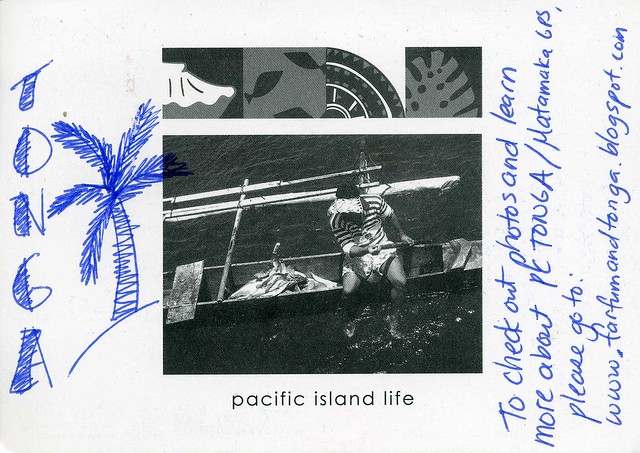
I received this postcard from
a postcard project here. I sent them a card back in, um, April or May perhaps and wasn't too sure if I'd ever get a card back as I guessed they'd probably be swamped with postcards. I'm so excited that I did finally receive a card back! It did take a while to get here, though - the card is dated June 17 and I only received it today.
The card looked a little strange when I picked it up, and I noticed it had another card stuck on its back! It's addressed to someone in Canada, but for some reason it got stuck to my card. I've put it in an envelope and will mail it onwards on Monday. Hopefully then the person will receive it soon. I haven't had anything like that happen to me before!
I had heard of Tonga before, mainly thanks to a friend I used to have on livejournal. She went to study in New Zealand for some months a couple of years ago, and was offered a chance to visit Tonga during her stay there. Apparently Tonga is to New Zealanders a bit like what the Canary Islands are for Finns :O
Tonga is an archipelago in the South Pacific Ocean. It comprises 169 islands, 36 of them inhabited. The Kingdom stretches over a distance of about 800 kilometres in a north-south line located at about a third of the distance from New Zealand to Hawaiʻi. Apart from being the only sovereign monarchy among the island nations of the Pacific Ocean, Tonga is also the only island nation in the region to have avoided formal colonisation.
Tonga has a tropical climate with only two seasons, summer and winter. Most rain falls around February and April. The Cyclone season lasts from November to March. Over 70% of the 101,991 inhabitants of the Kingdom of Tonga live on its main island, Tongatapu. Although an increasing number of Tongans have moved into the only urban and commercial centre, Nukuʻalofa, where European and indigenous cultural and living patterns have blended, village life and kinship ties continue to be important throughout the country.

The stamp is very nice. It looks like it's from a set of 4 stamps issued in 2001, depicting Tongan dances, but with a new postage value printed on. This particular stamp shows
Me’etupaki Dance. Performed by men brandishing wooden, paddle-shaped ‘weapons’, this lively dance is accompanied by players beating slit drum ‘nafas’. The dancers wearing traditional costume, are decorated with colourful ‘pandanus kahoas’ or necklaces.


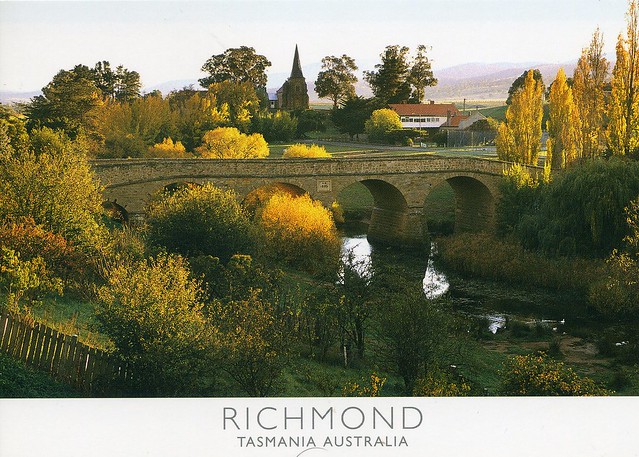


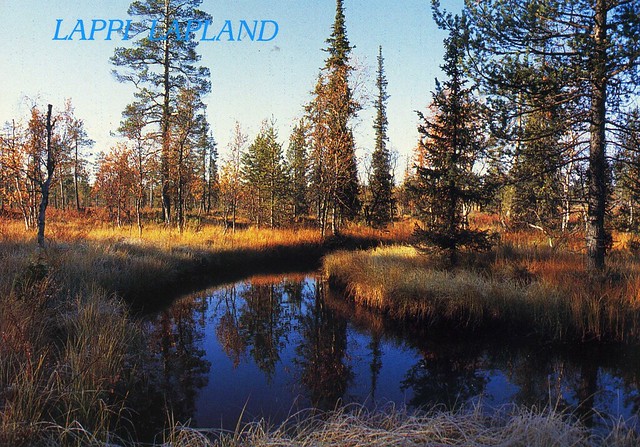

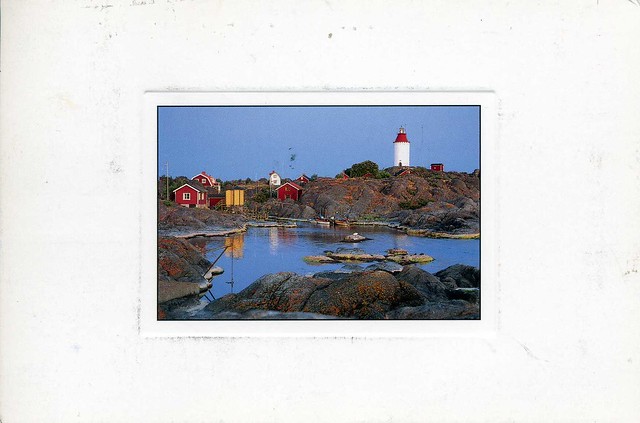




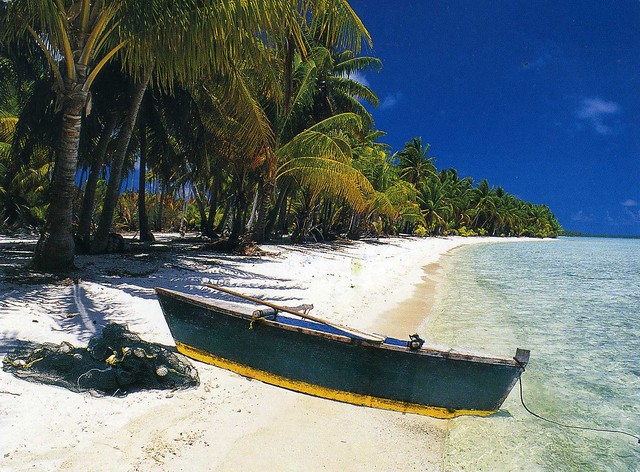

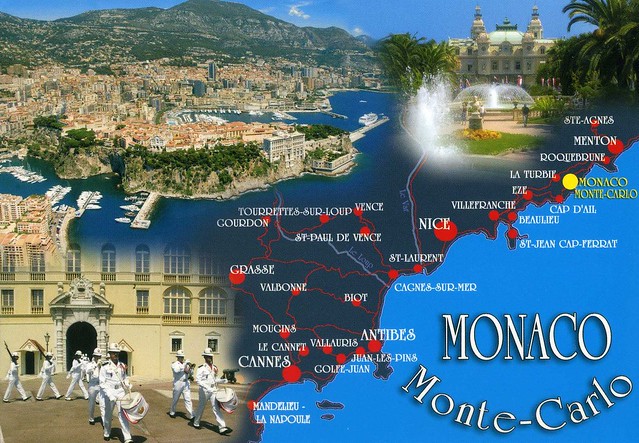



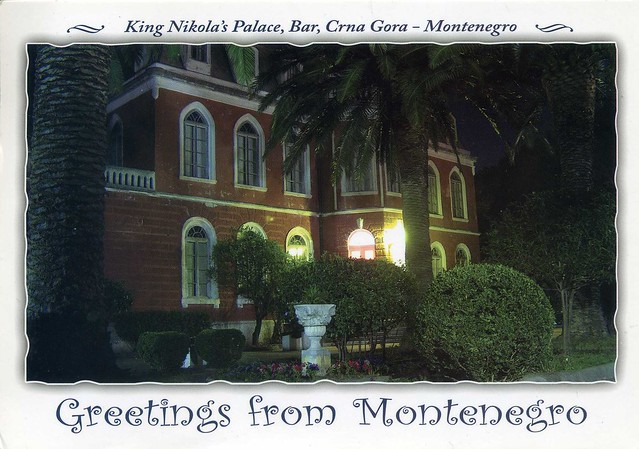









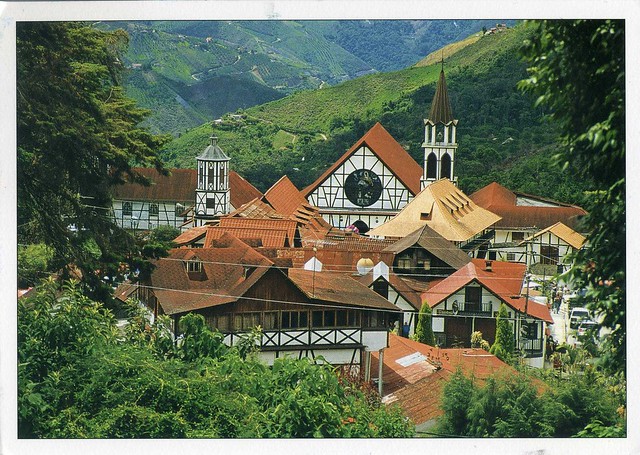



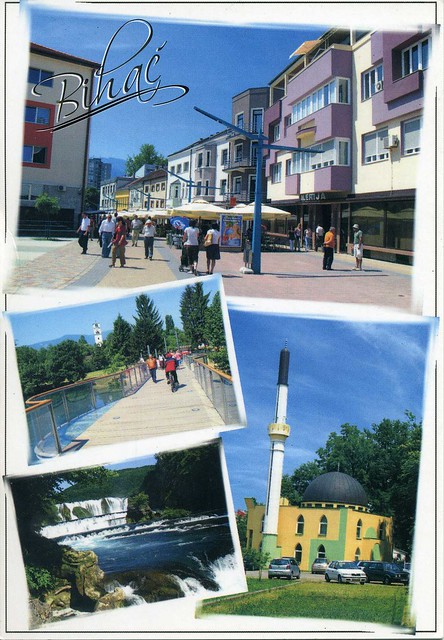

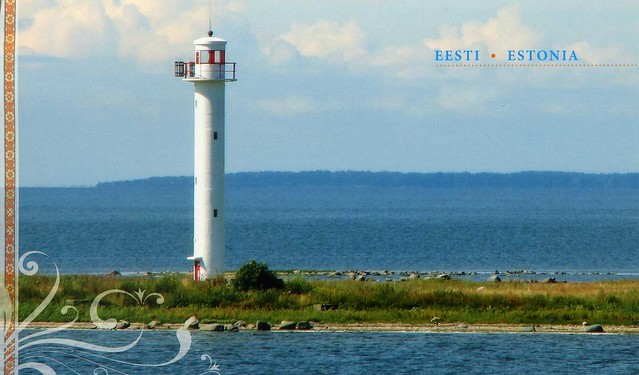

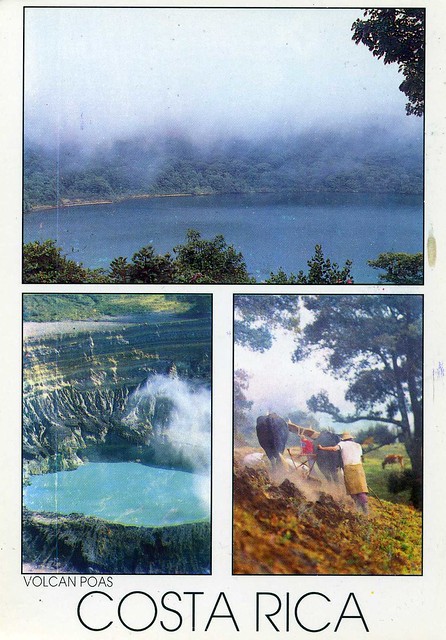

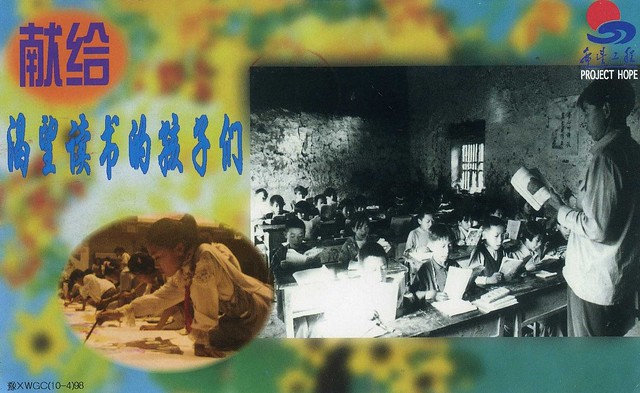




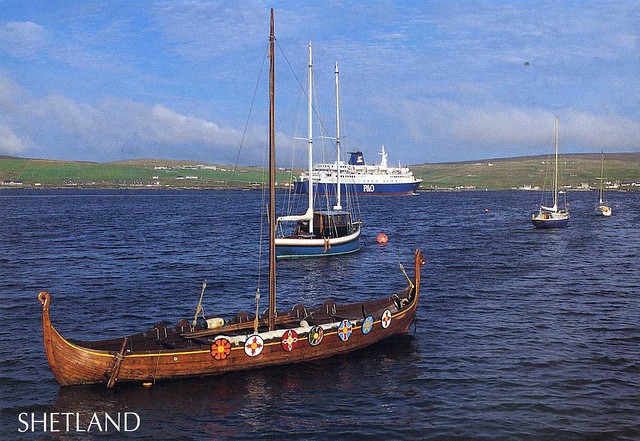
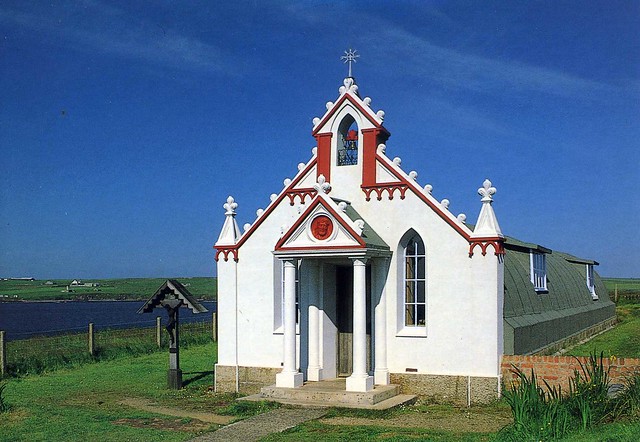








 Maroon
Maroon 









































































































































































